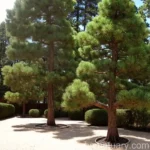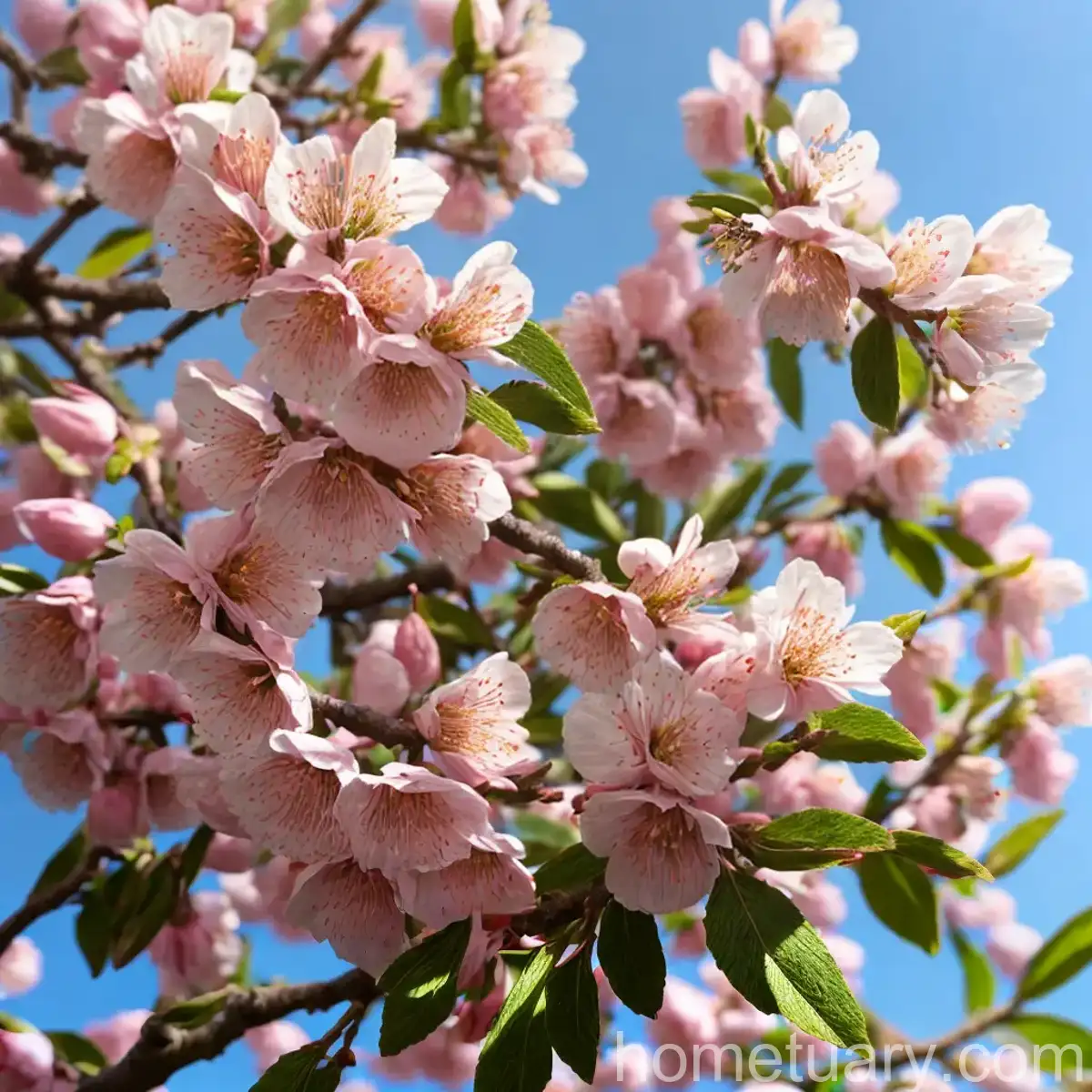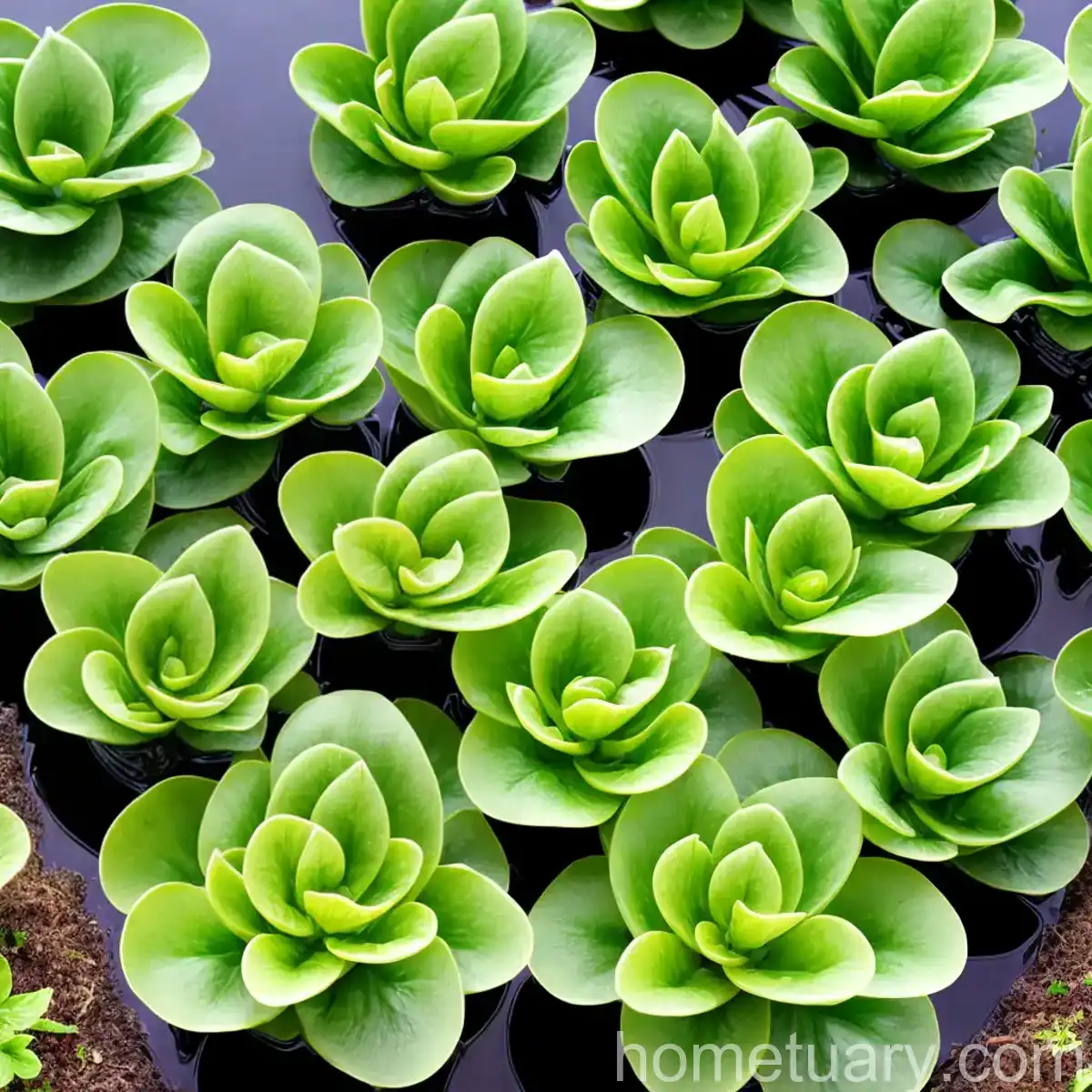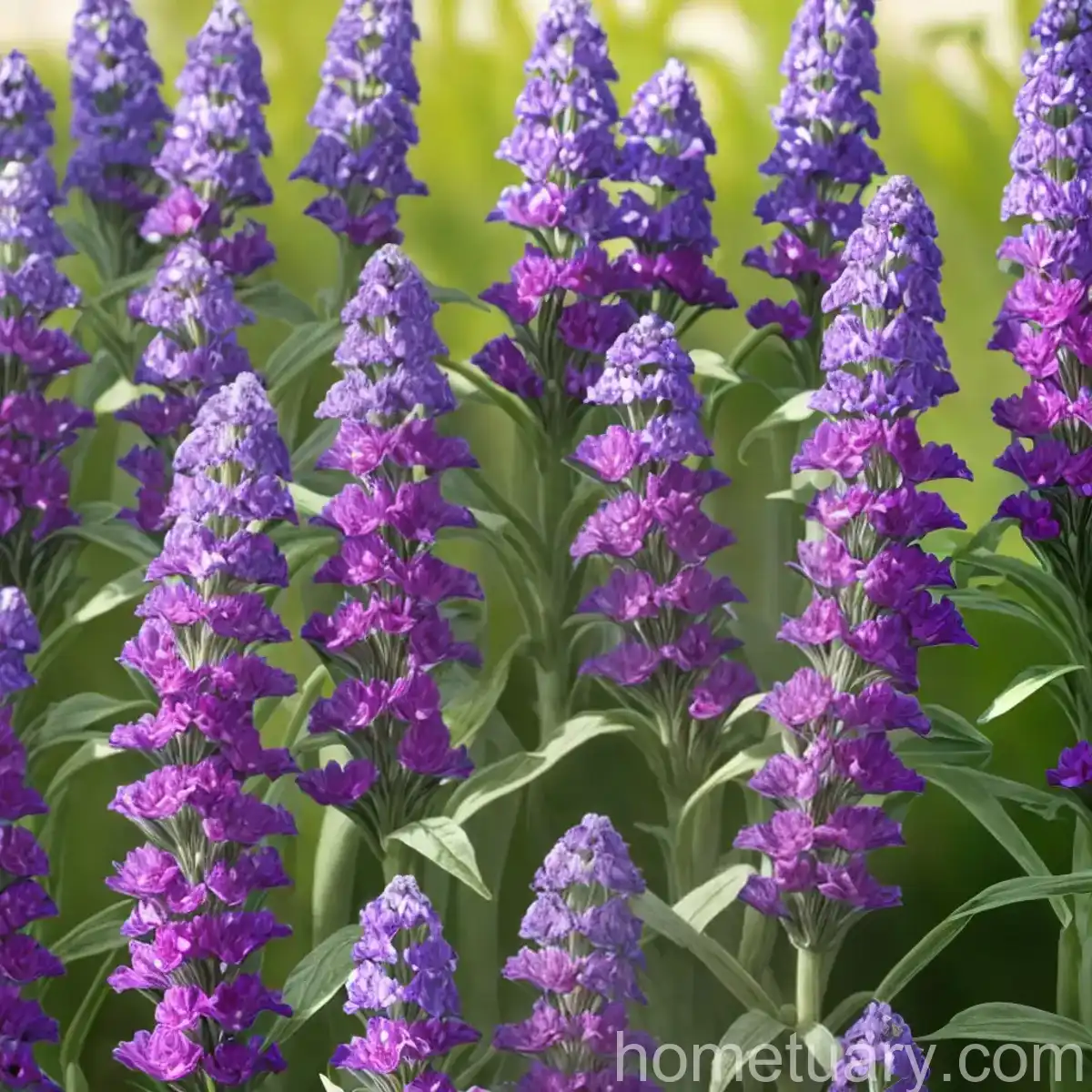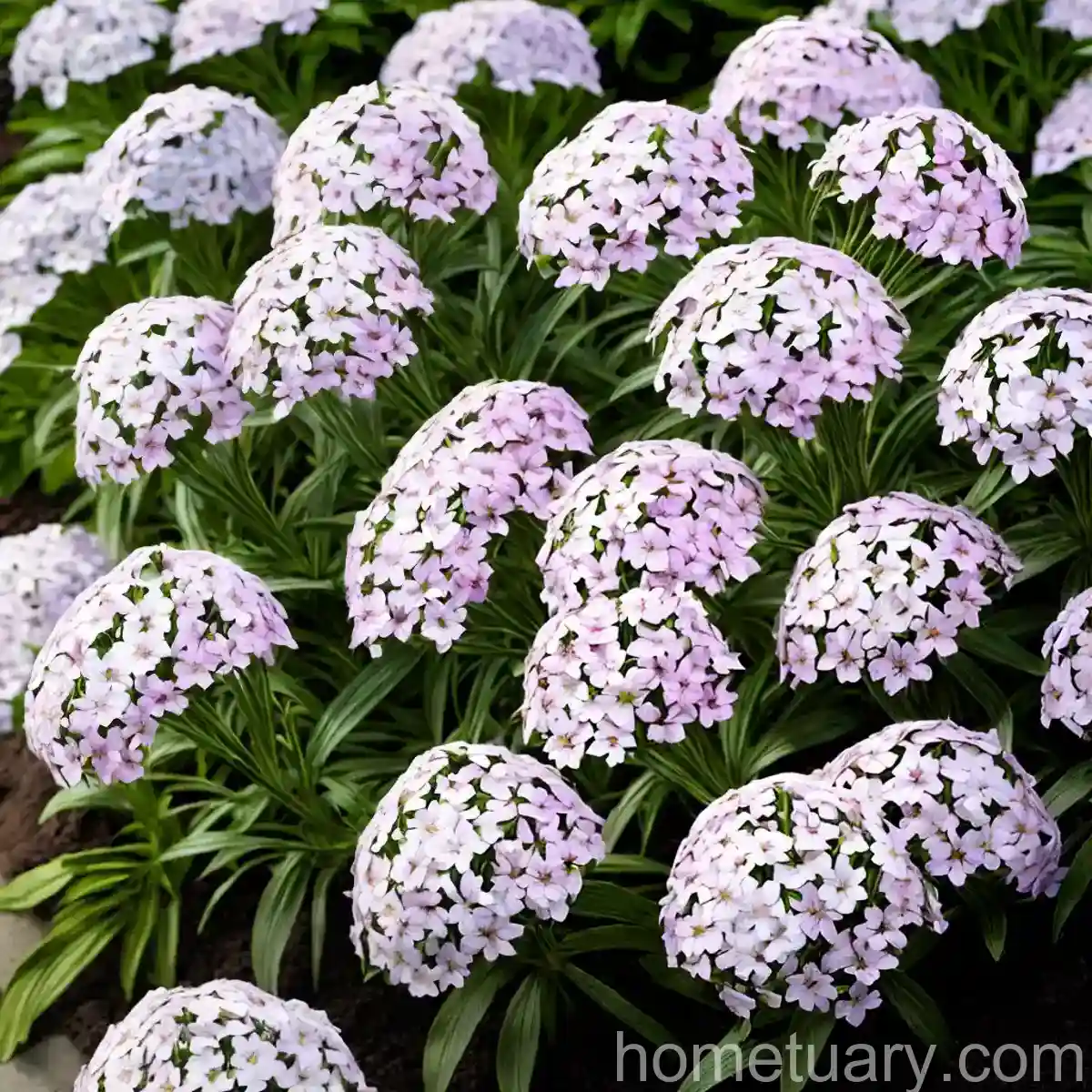All About Dwarf Mountain Pine (Pinus mugo var. pumilio)
Introduction
Dwarf mountain pine, scientifically known as Pinus mugo var. pumilio, is a fascinating and versatile plant that has captivated the interest of many plant enthusiasts, gardeners, and landscapers. Its unique characteristics, adaptability, and aesthetic appeal make it a valuable addition to various types of landscapes, from alpine gardens to minimalist designs.
In this comprehensive guide, we will delve into the various aspects of dwarf mountain pine, including its cultural requirements, uses, maintenance, and propagation. Whether you are an experienced gardener or a novice plant enthusiast, this article aims to provide you with valuable insights and practical tips for cultivating and appreciating the beauty of this remarkable plant.
What is Dwarf Mountain Pine (Pinus mugo var. pumilio)?
Dwarf mountain pine, or Pinus mugo var. pumilio, belongs to the Pinaceae family and is a subspecies of the common mountain pine, Pinus mugo. It is known for its compact and low-growing nature, making it an ideal choice for rock gardens, alpine landscapes, and container cultivation. This evergreen coniferous shrub exhibits dense, dark green needles and a distinctive, bushy growth habit, adding a touch of elegance to any garden or outdoor setting.
Key Takeaways – Dwarf Mountain Pine (Pinus mugo var. pumilio)
Dwarf mountain pine, also referred to as Pinus mugo var. pumilio, is characterized by the following key attributes:
-
Dwarf Pine: It is a diminutive pine variety, known for its small stature and compact growth.
-
Mountain Pine: As a subspecies of the mountain pine, it is well-suited for alpine environments and rocky landscapes.
-
Pumilio Pine: The term “pumilio” refers to its dwarf and diminutive nature, distinguishing it from other varieties of Pinus mugo.
-
Coniferous Shrub: It is classified as a coniferous shrub due to its needle-like leaves and conical shape, typical of pine trees.
-
Evergreen Plant: This plant retains its lush green foliage throughout the year, providing year-round visual interest.
-
Low-Growing Pine: Its compact growth habit makes it an excellent choice for ground cover and low-maintenance landscapes.
-
Alpine Ground Cover: It serves as an attractive ground cover option in alpine and rock garden settings.
-
Drought-Tolerant Pine: With its adaptability to dry conditions, it is well-suited for areas with limited water availability.
Now that we have established an overview of dwarf mountain pine, let us delve deeper into its culture, uses, and specific requirements for successful cultivation.
Culture
Cultivating dwarf mountain pine involves understanding its specific cultural requirements, including water, sunlight, fertilizer, soil, and pruning. By providing the optimal growing conditions, you can ensure the health and vigor of this remarkable plant. Let’s explore each aspect in detail.
Water
Dwarf mountain pine is renowned for its tolerance to dry and well-drained soil conditions. While it can withstand periods of drought, especially once established, it is important to water young plants regularly to promote healthy root development. However, it is crucial to avoid overwatering, as excessive moisture can lead to root rot and other fungal issues. A general guideline for watering is to allow the soil to dry slightly between waterings, particularly during hot and dry periods.
Sunlight
As a sun-loving plant, dwarf mountain pine thrives in full sunlight. When choosing a planting location, ensure that it receives ample sunlight throughout the day to support its growth and development. Insufficient light can result in sparse foliage and reduced vigor, so it is essential to place the plant in a sunny, well-ventilated area for optimal performance.
Fertilizer
While dwarf mountain pine is relatively low-maintenance, it can benefit from occasional fertilization to bolster its growth and overall health. A balanced, slow-release fertilizer formulated for conifers is recommended. Applying fertilizer in early spring, before the start of the growing season, can provide the plant with essential nutrients to support its foliage and root system. Be cautious not to over-fertilize, as this can lead to excessive growth and potential stress on the plant.
Soil
The ideal soil conditions for dwarf mountain pine are well-drained, slightly acidic, and nutrient-rich. A mixture of loamy or sandy soil with good drainage properties is suitable for promoting healthy root development and preventing waterlogging. If the existing soil is heavy or compacted, amending it with organic matter such as compost can enhance its texture and drainage capacity.
Pruning
Pruning is generally minimal for dwarf mountain pine, given its naturally compact and dense growth habit. However, occasional light pruning can help maintain its shape and remove any dead or diseased branches. It is advisable to prune in late winter or early spring before the onset of new growth. Using clean and sharp pruning tools, carefully trim back any overgrown or damaged branches while preserving the plant’s natural form.
Uses
Dwarf mountain pine (Pinus mugo var. pumilio) serves a multitude of purposes in various landscaping and gardening contexts. Its versatility and aesthetic appeal make it a valuable addition to different types of outdoor spaces. Let’s explore the diverse uses of this remarkable plant.
Garden Landscaping
In garden landscaping, dwarf mountain pine is often utilized as a ground cover or border plant due to its low-growing and spreading nature. It can elegantly fill in gaps between rocks, accentuate garden beds, or create visual interest in alpine and rock gardens. Its compact size and cascading branches lend a picturesque charm to landscapes, especially when combined with other alpine plants and ornamental shrubs.
Container Cultivation
Due to its diminutive size and adaptability to container growth, dwarf mountain pine is an excellent choice for container gardens, patios, and balcony settings. Its striking appearance makes it a popular option for adorning outdoor living spaces with minimal maintenance requirements. When placed in decorative containers or troughs, it can serve as a focal point or accent plant, adding a touch of greenery to urban environments.
Rock Gardens
The rugged and picturesque appeal of rock gardens is enhanced by the presence of dwarf mountain pine. Its ability to thrive in rocky, well-drained soil makes it a natural fit for such environments, where it can harmoniously blend with rocky outcrops, crevices, and other alpine plants. The contrast between the plant’s lush green foliage and the rocky backdrop creates a visually appealing landscape feature.
Minimalist Gardens
In minimalist or contemporary garden designs, dwarf mountain pine’s compact and tidy growth habit can complement the clean lines and simplicity of the overall landscape. Its evergreen foliage provides year-round structure and texture, making it an ideal choice for spaces characterized by a modern and minimalist aesthetic. Whether used as a specimen plant or as part of a group planting, it adds a subtle yet striking element to minimalist garden designs.
Bonsai Cultivation
The unique form and adaptability of dwarf mountain pine make it well-suited for bonsai cultivation. With careful pruning and training, it can be transformed into a captivating bonsai tree, exuding a sense of age and character in a compact form. Bonsai enthusiasts often appreciate the inherent beauty and resilience of this plant in creating miniature landscapes within a pot.
Propagation
Propagation of dwarf mountain pine can be achieved through several methods, including seed propagation, cuttings, and grafting. Each technique offers its own advantages and considerations, catering to different preferences and circumstances. Let’s explore the various propagation methods and their associated practices.
Seed Propagation
Propagating dwarf mountain pine from seeds is a viable option, particularly for those who seek to preserve the genetic diversity of the parent plant. Collect seeds from mature cones in the fall, and store them in a cool and dry location until spring. Prior to sowing, scarify the seeds by lightly sanding or breaking their hard outer shells to promote germination. Sow the seeds in well-drained, sandy soil, and maintain consistent moisture levels until germination occurs.
Cutting Propagation
Taking softwood or hardwood cuttings from established plants is an effective way to propagate dwarf mountain pine and produce genetically identical offspring. Softwood cuttings, harvested in late spring to early summer, tend to root more readily but require careful monitoring of moisture levels. Hardwood cuttings, obtained in late summer or early fall, are more resilient but may take longer to establish roots. Dip the cut ends of the stems in a rooting hormone before planting in a well-draining propagation medium.
Grafting
Grafting provides another means of propagating dwarf mountain pine and can be used to introduce specific cultivars or improve the overall vigor of the plant. Tissue from the desired variety is grafted onto a compatible rootstock, ensuring that the resulting plant inherits the desired traits or characteristics. Grafting is a skilled practice that requires precision and careful maintenance of the graft union to ensure successful integration and long-term growth.
Container Popularity
Dwarf mountain pine’s popularity as a container plant stems from its compact size, adaptability to container growth, and ornamental value. Whether used in solitary containers or combined with other plants in mixed arrangements, it adds a touch of natural beauty to outdoor spaces while requiring minimal maintenance. Its cascading growth habit and evergreen foliage make it an attractive choice for container gardens, patios, balconies, and other confined settings where space is limited.
Container Planting Tips
When selecting a container for dwarf mountain pine, opt for a spacious yet shallow pot that provides ample room for root development. Ensure that the container features adequate drainage holes to prevent waterlogging and promote healthy root growth. A well-draining potting mix designed for conifers or a blend of loam, sand, and peat moss can provide an optimal growing medium. Place the container in a sunny location where the plant can receive sufficient sunlight and air circulation.
Regular monitoring of soil moisture and watering as needed, especially during periods of prolonged heat or drought, is essential. Protect the plant from extreme temperatures and provide winter protection if necessary, particularly in regions with harsh winters. With proper care and attention, dwarf mountain pine can thrive and enhance the beauty of container gardens with its distinct charm and resilience.
Common Diseases
While dwarf mountain pine is generally resilient and disease-resistant, it may occasionally encounter certain ailments that can impact its health and appearance. Familiarizing oneself with common diseases and their associated symptoms is crucial for timely intervention and preventive measures. Let’s explore some of the typical diseases that can affect this plant and how to address them effectively.
Needle Blight
Needle blight, caused by fungal pathogens, can lead to browning, discoloration, and premature shedding of the plant’s needles. It is often characterized by the formation of dark, spore-bearing structures on the needles, signaling the presence of the disease. To manage needle blight, carefully remove and dispose of infected plant material, ensuring proper sanitation to prevent the spread of spores. Fungicidal treatments may be applied preventively or as a targeted intervention, following manufacturer recommendations and guidelines.
Rust Diseases
Rust diseases, such as pine needle rust, can manifest as yellow or orange powdery pustules on the needles, indicating the presence of fungal spores. These diseases can weaken the plant and diminish its aesthetic appeal if left unaddressed. Pruning and removing affected branches, coupled with proper disposal, can help mitigate the impact of rust diseases. Fungicidal sprays may be employed as a management strategy, particularly during periods conducive to fungal development.
Root Rot
Excessive soil moisture and poor drainage can precipitate root rot, a condition caused by fungal pathogens that attack the plant’s root system. Symptoms include wilting, yellowing foliage, and eventual decline of the plant. To prevent root rot, ensure well-drained soil conditions and moderate watering practices. If root rot is suspected, evaluate the severity of the condition and consider replanting in amended soil with improved drainage. Minimize stress factors and monitor the plant’s vigor to promote recovery.
Tip Blight
Tip blight, characterized by the browning and dieback of branch tips, can result from fungal infections and environmental stressors. Pruning affected areas and creating a favorable growing environment, including proper air circulation and sunlight exposure, can aid in managing tip blight. Additionally, the application of fungicidal treatments at the appropriate timing and frequency can help safeguard the plant against further infection.
Disease Diagnosis
Accurately diagnosing diseases affecting dwarf mountain pine is crucial for implementing targeted management strategies and preventing the spread of pathogens. Visual symptoms, coupled with an understanding of the plant’s environmental conditions and potential stressors, can aid in the identification of specific diseases. Initiating a systematic approach to disease diagnosis allows for informed decision-making and timely intervention to support the plant’s health.
Symptoms
Observing the plant for signs of discoloration, wilting, distorted growth, lesions, or abnormal foliage can provide valuable clues about the presence of diseases. Documenting the location and appearance of symptoms, as well as their progression over time, can aid in determining the nature of the ailment.
Environmental Factors
Consider environmental factors such as moisture levels, air circulation, soil quality, and sun exposure that may contribute to disease development. Assessing the plant’s growing conditions and any recent changes can offer insights into potential stressors that may predispose the plant to diseases.
Pathogen Identification
If feasible, consult with a plant pathologist or diagnostic laboratory for accurate identification of pathogens responsible for observed symptoms. Submitting samples of affected plant material for analysis can help pinpoint the specific disease and guide the selection of appropriate management measures.
Integrated Management
Upon confirming the presence of a disease, develop an integrated management plan that combines cultural practices, sanitation, and targeted treatments to address the specific ailment. Implementing preventive measures and fostering a resilient growing environment can mitigate future disease risks and promote the long-term wellbeing of the plant.
Common Pests
While dwarf mountain pine is relatively resistant to pest infestations, it may encounter certain pests that can impact its vitality and appearance. Identifying common pests and adopting proactive pest management strategies is essential for safeguarding the plant against potential damage. Let’s explore some of the typical pests that may affect this plant and how to effectively manage their presence.
Pine Needle Scale
Pine needle scale, characterized by small, elongated insects that feed on the needles, can weaken the plant and diminish its visual appeal. Monitoring the undersides of the needles for the presence of scale insects and their protective coverings is essential for early detection. Pruning and disposing of heavily infested areas, coupled with horticultural oils or insecticidal soaps, can help manage pine needle scale populations effectively.
European Pine Sawfly
The European pine sawfly, with its voracious appetite for pine foliage, can defoliate and weaken the plant if left unchecked. Look for clusters of larvae and their feeding damage on the needles, particularly during their active feeding periods. Physical removal of larvae, targeted spraying with natural predators or insecticidal treatments, and supporting natural enemies of the sawfly can aid in controlling infestations.
Pine Weevils
Pine weevils, known for their feeding on bark and foliage, can cause substantial damage to the plant’s growing tips and young shoots. Inspect the base of the plant and surrounding soil for adult weevils and their characteristic feeding signs. Employing physical barriers, such as trunk wraps or sticky traps, can deter weevils from climbing on the plant. Additionally, insecticide applications targeting adult weevils can be considered as part of an integrated pest management strategy.
Spider Mites
Spider mites, minute arachnids that feed on the plant’s sap, can lead to stippled and discolored foliage if populations proliferate unchecked. Regularly inspect the undersides of the needles for signs of webbing and mite activity, particularly during dry and warm periods. Introducing natural predators of spider mites, such as predatory mites, and employing horticultural oils or insecticidal soaps can help manage spider mite infestations while preserving beneficial insects.
Botanist’s Tips
As a botanist or plant scientist, I highly recommend the following tips for cultivating and appreciating dwarf mountain pine (Pinus mugo var. pumilio) in various garden and landscape settings:
-
Selective Planting: When incorporating dwarf mountain pine into landscapes, carefully consider its mature size and growth habit to ensure proper placement and harmonious integration with other plantings.
-
Soil Amendment: Amend the soil with organic matter, such as compost or peat moss, to improve drainage and enhance the soil structure for optimal root growth.
-
Minimal Pruning: Exercise restraint when pruning dwarf mountain pine, as it typically requires minimal intervention to maintain its shape and natural form.
-
Sunlight Exposure: Ensure that the plant receives ample sunlight to support vigorous growth and the development of vibrant, dark green foliage.
-
Watering Practices: Practice moderate and consistent watering, especially during the establishment phase, to encourage healthy root establishment and overall plant vigor.
-
Integrated Pest and Disease Management: Emphasize proactive monitoring, cultural practices, and targeted treatments to manage pests and diseases effectively while minimizing environmental impact.
-
Appreciate Its Versatility: Embrace the versatility of dwarf mountain pine in a wide range of garden styles, from alpine landscapes to contemporary designs, while capitalizing on its unique attributes.
Fun Facts
To further enrich your understanding and appreciation of dwarf mountain pine, here are some engaging and intriguing fun facts about this remarkable plant:
- Longevity: Dwarf mountain pine can live for several decades and even centuries, showcasing its resilience and enduring appeal in garden landscapes.
- Alpine Adaptability: It naturally thrives in alpine and mountainous regions, where it contributes to the unique ecology and aesthetic charm of these environments.
- Symbolism: In certain cultures, pine trees, including dwarf mountain pine, symbolize longevity, resilience, and steadfastness, reflecting their enduring significance.
Links to External Resources
For additional insights, resources, and educational materials on dwarf mountain pine (Pinus mugo var. pumilio), I recommend exploring the following reputable sources:
-
Royal Horticultural Society (RHS) – The RHS website provides valuable information on the cultivation, care, and uses of dwarf mountain pine in garden settings.
-
American Conifer Society – The American Conifer Society offers extensive resources on conifers, including dwarf mountain pine, ranging from cultivation guides to regional recommendations.
-
University Extension Services – Various university extension services, such as the University of Minnesota Extension, offer articles and publications on ornamental plants, including conifers and alpine species.
-
Botanical Gardens – Botanical gardens and arboretums often feature educational materials and collections that showcase the diversity and beauty of alpine plants, including dwarf mountain pine.
By accessing and referencing reputable resources, you can expand your knowledge and appreciation of dwarf mountain pine while gaining valuable insights into its cultivation, uses, and ecological significance.
In conclusion, dwarf mountain pine (Pinus mugo var. pumilio) is an exceptional plant that embodies adaptability, aesthetic charm, and horticultural value. From its roles in alpine ecosystems to its utilization in garden design, it captivates the hearts of plant enthusiasts and adds a touch of natural beauty to diverse landscapes. By understanding its cultural requirements, uses, and propagation methods, we can cultivate and celebrate the enduring allure of this remarkable plant.
Remember, whether you are seeking a resilient ground






